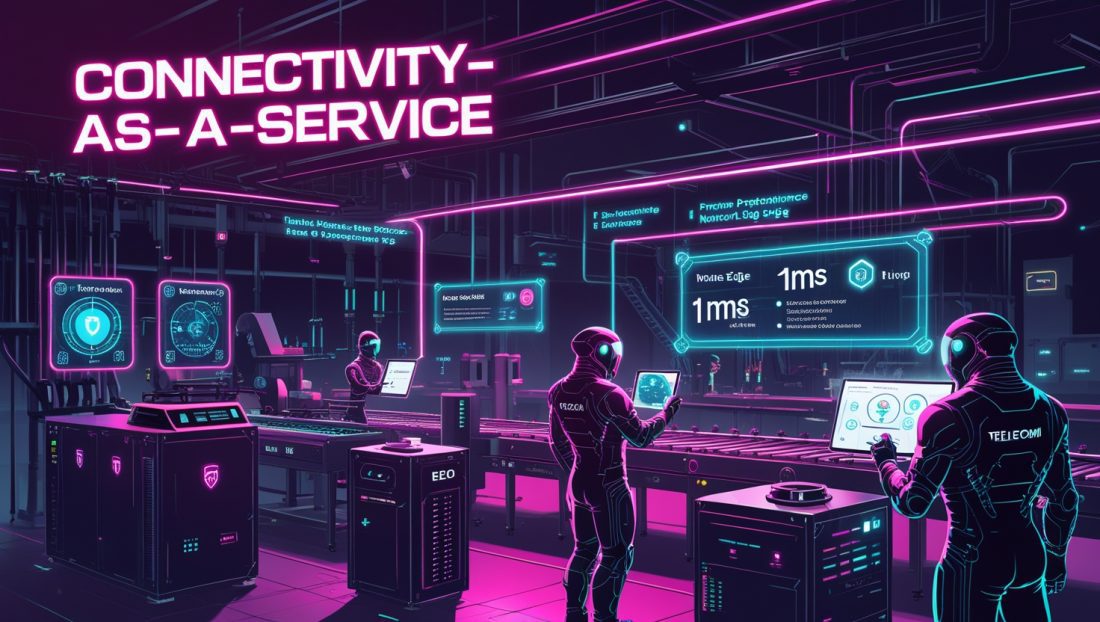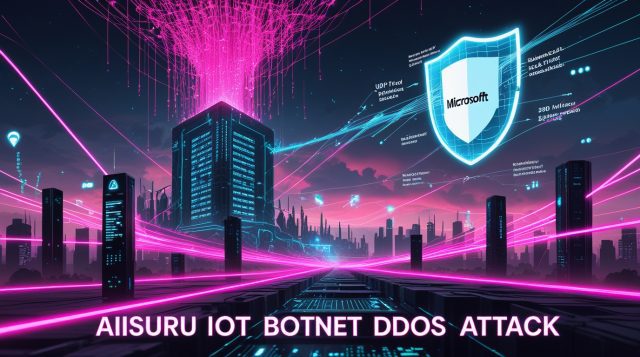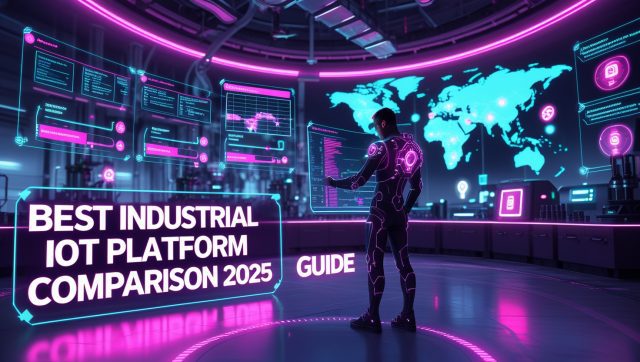When Siemens implemented a private 5G network with edge AI at its Amberg electronics plant, something remarkable happened. Latency dropped to 1ms while production line defects decreased by 40%. But here’s what few noticed: Deutsche Telekom didn’t just sell connectivity—they provided a bundled solution with sensors, edge computing, and predictive maintenance algorithms. This is Connectivity-as-a-Service (CaaS) in action, and it’s transforming telecom revenue models forever. To understand how such predictive systems are reshaping factory efficiency, explore Why Predictive Maintenance AI Leads Factory Efficiency in 2025, which dives into the mechanics of AI-driven uptime.
Disclaimer: The figures and case studies in this article are based on publicly available information and industry reports. Some data points have not been independently verified.
Why Industrial AI Demands a New Connectivity Paradigm
Traditional “dumb pipes” can’t handle Industry 4.0’s real-time demands:
- Latency Killers: Robotic arms require sub-10ms response times—impossible with cloud-only architecture.
- Data Tsunamis: A single CNC machine generates 5-10TB daily unfeasible to transmit raw.
- Security Imperatives: 68% of manufacturers now demand encrypted edge processing for operational data.
As Rockwell Automation’s IIoT lead notes: “Legacy SCADA systems weren’t built for real-time AI inference. The new industrial stack requires integrated connectivity, compute, and intelligence at the source.” For a deeper look at how edge AI is slashing downtime through sound-sensing innovations, check out Why Edge AI Industrial Sound Sensing Slashes Factory Downtime 2025.
The CaaS Business Model Deconstructed
Deployable in three tiers:
- Device Edge: Ruggedized servers like Neousys Nuvo-7160GC for harsh environments
- Premise Edge: Micro-data centers processing local sensor networks
- Network Edge: Regional MEC hubs for multi-site analytics
Example: Verizon’s 5G Edge with AWS Wavelength cuts robotic control latency from 200ms to 12ms
3. Industrial AI Stack
The real revenue accelerator:
- Tier 1: Predictive maintenance (reducing downtime by 35-50%)
- Tier 2: Computer vision QC (defect detection accuracy >99.2%)
- Tier 3: Multi-modal LLMs for root-cause analysis
We’ve moved beyond TinyML. Today’s edge devices run 8B-parameter VLMs that detect anomalies like chemical leaks before humans see patterns,” says David Molony, Principal Analyst at Omdia. For more on how computer vision is revolutionizing defect detection, see 2025 Computer Vision Robotics Crush Defects Dominate Industry.
4. Cyber-Physical Shield
Integrated security spanning:
- IEC 62443-compliant edge devices (e.g., Moxa’s secure serial servers)
- Zero-trust network segmentation
- Encrypted data pipelines to cloud
To learn how cybersecurity is evolving to protect these systems, visit Omdia’s Industrial IoT Security Report, which details emerging threats and solutions.
The Recurrence Revenue Engine
Consider how telcos monetize beyond basic connectivity:
| Revenue Stream | Implementation Example | Margin Profile |
|---|---|---|
| Hardware-as-a-Service | Nokia DAC-SM private 5G pods | 15-20% |
| AI Inference Credits | Per-analysis pricing for vibration sensing | 40-60% |
| Outcome-based Contracts | “$/uptime-hour” for critical machinery | 25% + performance bonus |
| Data Refinery Services | Selling anonymized operational insights | 70%+ |
Deutsche Telekom’s “Industrial Edge” platform exemplifies this shift. Customers pay €23-€140/month per connected asset based on AI service tiers—generating 3.8x more lifetime value than pure connectivity contracts.
Implementation Battlefield: Where Telcos Struggle
Deploying CaaS isn’t without hurdles:
Legacy Integration Nightmares
Phoenix Contact’s study reveals 73% of factories have >15-year-old equipment. Solutions like Moxa’s NPort 6000-G2 bridge the gap by converting serial interfaces to secure IP streams without rip-and-replace.
AI Talent Chasm
Verizon solved this through “Edge Labs”—partnering with NVIDIA and Mistral AI to pre-train domain-specific models for manufacturing. Their weld-inspection VLM reduced false positives by 63% versus generic AI.
The Scalability Paradox
Telus tackles the scalability paradox in Connectivity-as-a-Service with its innovative containerized micro-edge pods, designed for rapid deployment in under 45 minutes compared to weeks for traditional infrastructure. These pods, built on the edge.telus.io/v3 MicroEdge framework, leverage a robust 5G-SA connectivity backbone with Time-Sensitive Networking (TSN) for precise synchronization. Equipped with 32 vCPUs, 128GB of RAM, and an NVIDIA A2G GPU, they deliver powerful on-site computing. Preloaded with advanced services like predictive Maintenance-v4 and anomalyDetection-v2.3, the pods ensure real-time AI-driven insights for industrial applications. Security is fortified with an IEC62443-SL2 profile, providing compliance with stringent industrial cybersecurity standards, making these pods a game-changer for flexible, secure, and efficient edge deployments.
Deployed in <45 minutes versus weeks for traditional infrastructure.
Real-World Profitability: Case Studies
Nokia’s Mining Revolution
A Chilean copper mine faced 17% unplanned downtime. Nokia deployed:
- Private LTE core with edge nodes every 500m
- Vibration analysis ASICs on conveyor motors
- AR goggles for remote expert interventions
Results: $8.2M saved in 10 months via 22% productivity gain. Revenue share model earned Nokia 31% margins versus <15% for equipment sales.
SK Telecom’s Smart Factory Stack
Their “ManuBrain” CaaS includes:
- 5G MEC with AWS Outposts
- Plug-and-play IIoT sensors
- AI-powered digital twin service
Customers like Hyundai report 19% faster assembly lines and 14% energy reduction—paying 28% premium over basic connectivity. For a broader perspective on digital twins, Gartner’s Digital Twin Trends for 2025 explores their transformative impact.
Future-Proofing the CaaS Ecosystem
Three emerging battlegrounds:
- AI-on-RAN Architecture
Embedding inferencing directly in radio units (demoed by Fujitsu) slashes latency to 0.8ms for robotic control. - Quantum-Secure Edge
Post-quantum cryptography modules (coming 2026) for critical infrastructure. - Generative Maintenance
LLMs that diagnose equipment issues via natural language queries:
“Why did press #3 vibrate abnormally last Tuesday?” → Cross-references sensor logs, maintenance records.
“By 2027, 45% of industrial edge value will come from AI services we haven’t invented yet. The winners will architect for constant reinvention.”
– creedtec-Daniel
The Manufacturer’s Playbook\
For industrial leaders evaluating CaaS:
Do:
- Start with high-impact/low-risk use cases (energy optimization > safety systems)
- Demand interoperability testing with legacy OT
- Negotiate outcome-based pricing clauses
Avoid:
- Vendor-locked proprietary stacks
- Over-centralized AI architectures
- Long-term contracts without tech refresh clauses
FAQs: Industrial CaaS Decoded
Can SMBs afford these bundles?
Yes. Telus offers “Edge Starter” at $890/month—includes 5 connected assets with basic predictive maintenance. ROI averages 5 months.
How is this different from traditional M2M?
M2M provided connectivity. CaaS delivers decisioning—embedded AI turns data into immediate actions.
What about cybersecurity liabilities?
Leading bundles include cyber risk insurance (e.g., Verizon’s $5M coverage for certified deployments).
The Bottom Line
Connectivity-as-a-Service isn’t another telco product—it’s an extinction-level event for traditional industrial IT. By 2028, Omdia predicts 75% of manufacturers will procure IIoT capabilities as bundled services rather than fragmented technologies. The prize? A $152 billion industrial edge market growing at 28% CAGR—with recurring services capturing 64% of the value.
The strategic imperative is clear: Telcos that master the art of bundling connectivity with intelligent edge will dominate Industry 4.0’s infrastructure. Those stuck selling “dumb pipes” will become irrelevant.”We’ve transitioned from selling gigabytes to selling guaranteed outcomes. That’s not a pricing change—it’s a complete reinvention of our value proposition,” says AT&T Industrial Solutions Lead in a recent interview.
Data-Driven Manufacturing Weekly: Get actionable insights on IIoT monetization. Subscribe Now
Your Take: Telcos now bundle 5G, edge computing, and industrial AI into outcome-based subscriptions—creating recurring revenue streams while solving manufacturers’ latency, security, and analytics challenges. Early adopters achieve 30%+ margins through tiered service models.



